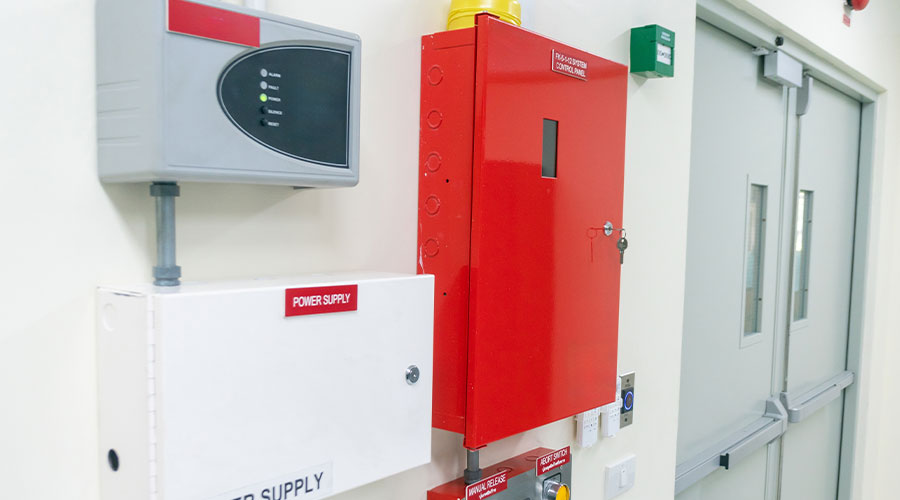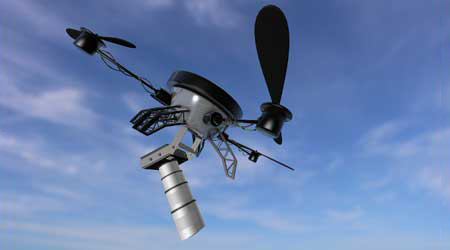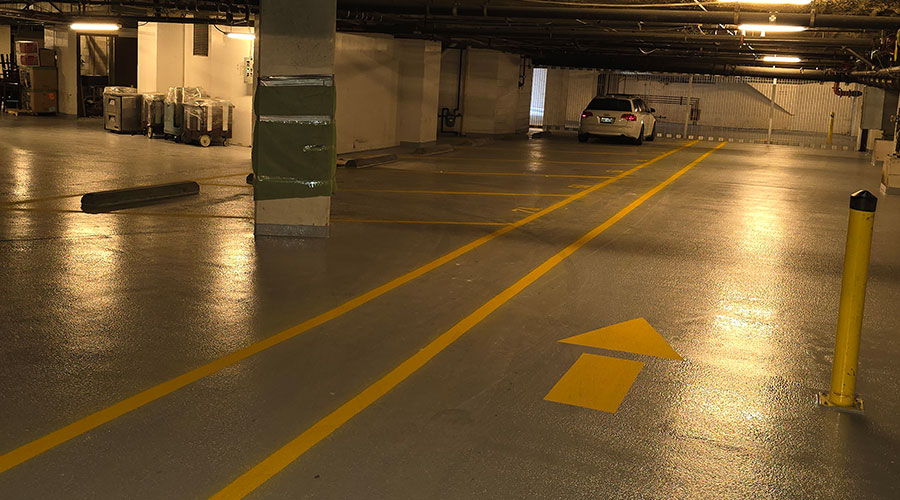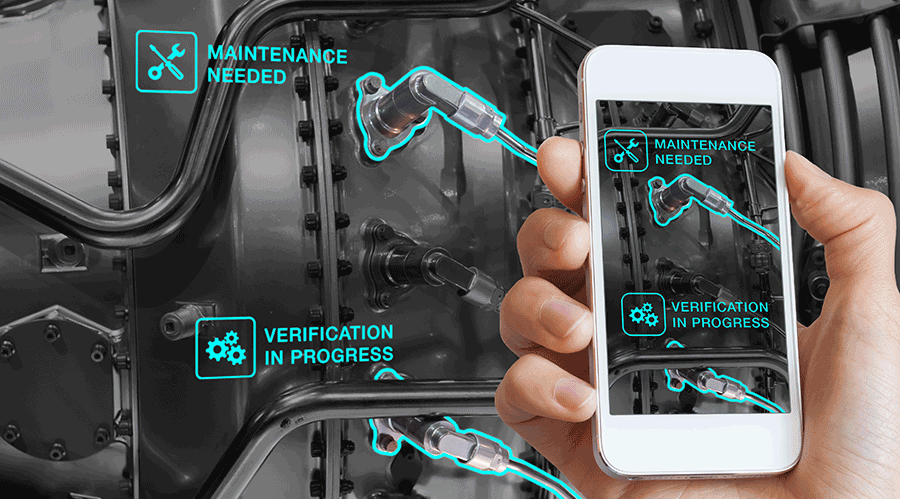Institutional and commercial facilities nationwide are starting to look more closely at possible uses of commercial drones to support maintenance and engineering activities. As interest in drones grows in many markets, the Federal Aviation Administration (FAA) and local jurisdictions are scrambling to create rules that will ensure safe drone operation.
Eyes in the Sky: Drone Technology's Impact on Maintenance
“The FAA is not sure what to make of all this stuff,” says David Kosnik, P.E., a senior engineer with CTLGroup, a consulting engineering firm in Naperville, Ill. “It’s a complex environment, and it’s evolving. They have a Congressional mandate to efficiently regulate unmanned aerial systems into the national airspace, but it’s difficult for them to make a distinction between a 3-pound drone, which is what we use to take pictures, and a 50-pound drone that Amazon is going to use to deliver packages.”
Managers considering the use of drones to conduct visual inspections of building roofs and facades or take infrared images of facilities need to understand the evolving web of regulations, standards and ordinances that govern drone use.
NFMT Session — Eyes in the Sky: Drones in Facility Management
“The FAA has authority over U.S. airspace,” says Michael Petermann, principal with Wiss, Janney, Elstner Associates in New York City. “Current FAA regulations require drone operators to be licensed pilots. All commercially used drones require a Certificate of Exemption from Section 333 to operate in US airspace.” Section 333 is a provision of the FAA Modernization and Reform Act of 2012.
Then there are the municipal ordinances, which can be even stricter about drone use than federal regulations
“Additional regulations may exist depending upon the location of the facility,” Petermann says. “Many jurisdictions have been passing new regulations regarding the use of drones. As a matter of protocol, local authorities should be notified when drone flights are taking place. That would be the opportunity to review any local regulations.”
As an example of the complexity of rules, Petermann points to New York City.
“Rule 10-126 requires you to launch and land any flying vehicle from a launch pad,” he says. “You don’t get the time of day to do that (with a drone), and frankly, it’s written for helicopters and not for drones. The city council is trying to figure all this out, but they’re faced with the same complexities that many other municipalities are faced with — what is the limit of their jurisdiction versus the jurisdiction of the FAA? It’s the Wild West out there.”
One major stumbling block for drone use has been the use of drones near airports.
“The other main issue they’re going to run into is flying within 5 miles of an airport,” says Andrew Dennison, chief operating officer with Lift Technologies, a UAV services company in Chicago. “It’s incredible how many airports you find out about when you start trying to fly these drones. You can break the 5-mile rule, but that requires filing a certificate of authorization with the FAA, and they need 60 days to approve it.”
Drones also are limited as to the height of their flights.
“To fly above the 400-foot limit, you have to file a certificate of authorization (COA) with the FAA to get approval,” Petermann says. “In some cases, a facility might be 4.5 miles away from an airport, and you have to file a COA for that, but the airports are not always willing to approve the COA or work with commercial drone pilots.”
Dennison also recommends managers become familiar with rules regarding the proximity of drones to people.
“The first is the 500-foot non-participating person rule,” he says. “You are not allowed to launch a drone within 500 feet of any non-participating person. That doesn’t mean that if the drone is 400 feet in the air, you use the hypotenuse (of the triangle created by the drone, the ground and the person), so they’re 50 feet away from me, and that’s 500 feet. You have to project that drone to the ground, and the person cannot be within a 500-foot circle of that point.
“If facility managers intend to use drones, they’re also going to have to block off the building. We’ve solved that issue by doing these flights at first light, since you can’t fly at night.”
To give managers guidance on the use of drones around their facilities, ASTM is developing a standard, Guide for Visual Inspection of Building Facades Using Drones (WK52572), that will address the growing need for camera-equipped drones to document facade conditions.
“We recognized we needed a standard for inspecting the facility,” says Petermann, who sits on the ASTM task group developing the standard. “The standard states that no drone would be allowed to fly beyond a 30-foot envelope of the facility. Or maybe it’s 40 feet or 50 feet. We’ll figure out a number that provides a good inspection. Our argument is that if we get a good, reasonable standard, we can probably clear a lot of these hurdles.”
Managers also can rely on the drone services provider to offer guidance on the regulatory requirements in a a particular area. Peterman suggests managers ask several questions to the provider before agreeing to work with the company.
“Do the drone operators meet FAA requirements at the time of flight?” he asks. “Are they fully insured, and have they provided the facility’s owner with a copy of insurance listing the owner and management entity as ‘additional insureds.’ Many new vendors operating drones are not familiar with insurance requirements and providing certificates listing their clients as ‘additional insured.’ What are the capabilities of the drone operators beyond flight? Are they engineers and architects who can interpret the data collected in the photos and videos? How will data be delivered?”
Dennison adds several questions that also can ensure they select a qualified drone service provider:
• Do you have a Section 333 exemption? “Without that, it’s a non-starter,” he says.
• Do you have a pilot’s license?
• Can I see an example of that output? Managers need to see that, “whatever output you’re looking for, whether it’s roof measurements or an infrared scan of your roof,” he says.
• Do you have a COA for this particular facility?
Managers also would be wise to monitor these sites for developments related to commercial drone use:
• FAA drone registration: www.faa.gov/uas/registration
• FAA new and updates: https://www.faa.gov/news/updates/
• Location of airports: https://app.airmap.io/
• Location of airports: https://www.mapbox.com/drone/no-fly/#11/37.7509/-122.3379












